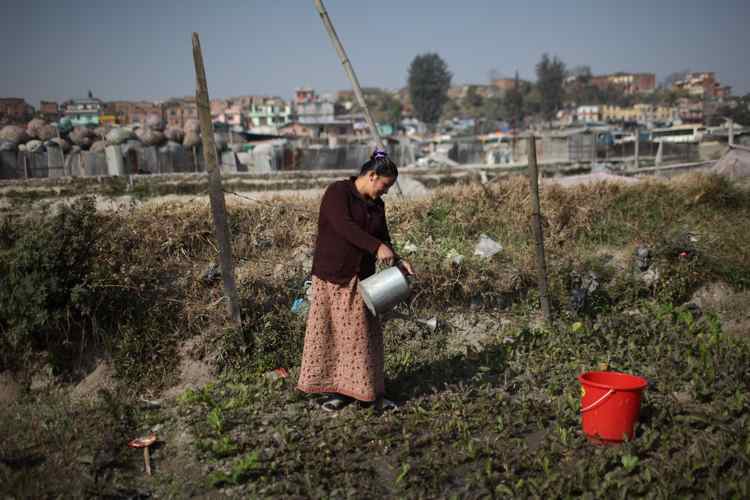The journal Environmental Research Letters recently published the first ever study documenting the global scale of food production in urban areas. The research was a collaboration of the International Water Management Institute (IWMI) with the CGIAR Research Program on Water Land and Ecosystems, the University of California-Berkeley, and Stanford University. The study, titled “Global assessment of urban and peri-urban agriculture: irrigated and rainfed croplands,” finds that 456 million hectares—1.1. billion acres—approximately the size of the European Union, is under cultivation in cities around the world. According to the IWMI, these results are “challenging the rural orientation of most agriculture research and development work.”
The goal of the research was to produce the first global-scale assessment of peri-urban and urban croplands. It also provides the first step in understanding urban and peri-urban agricultural water use. The authors note that further study could provide more insight into the effect of urban farming systems on global food security.
The study focuses on water resource management in urban farming, as well as pointing out the contrasting views of urban farming in developing and developed world. The research finds that urban croplands make up 5.9 percent of all global croplands, and that cropping intensity in urban areas is higher than on rural farms, meaning that urban farms are producing more food per hectare. It also finds that a greater percentage of urban cropland is irrigated than rural cropland. The authors note, “When food production requires irrigation, this can increase strain on water resources and create competition between domestic and agricultural water users.” Irrigation on urban farms provides an opportunity for water recycling, but also introduces a food safety concern when that water is polluted. Rainfed urban and peri-urban croplands are more prevalent in developed nations, which often have more temperate climates than developing nations.
Ultimately, the authors find that urban and peri-urban farming is playing an important role in meeting global urban food demands, but the exact role of these farms in urban food security still needs to be studied. Additionally, the study provides a critical step towards better understanding urban water resource management and food production around the world.
There is still much more research to be done in order to fully understand urban farming, water management, and the role of urban agriculture in promoting food security. Additionally, to make full use of the potential of urban farming, views about it around the world need to change. According to Pay Drechsel, one of the authors of the study, “We see this dichotomy where urban farming in wealthy countries is praised for reducing emissions and enhancing a green economy while in developing countries, it can be regarded as an inconvenient vestige of rural life that stands in the way of modernization. That’s an attitude that needs to change.”













